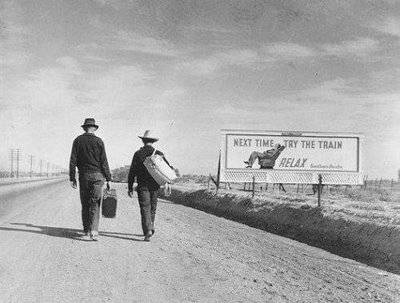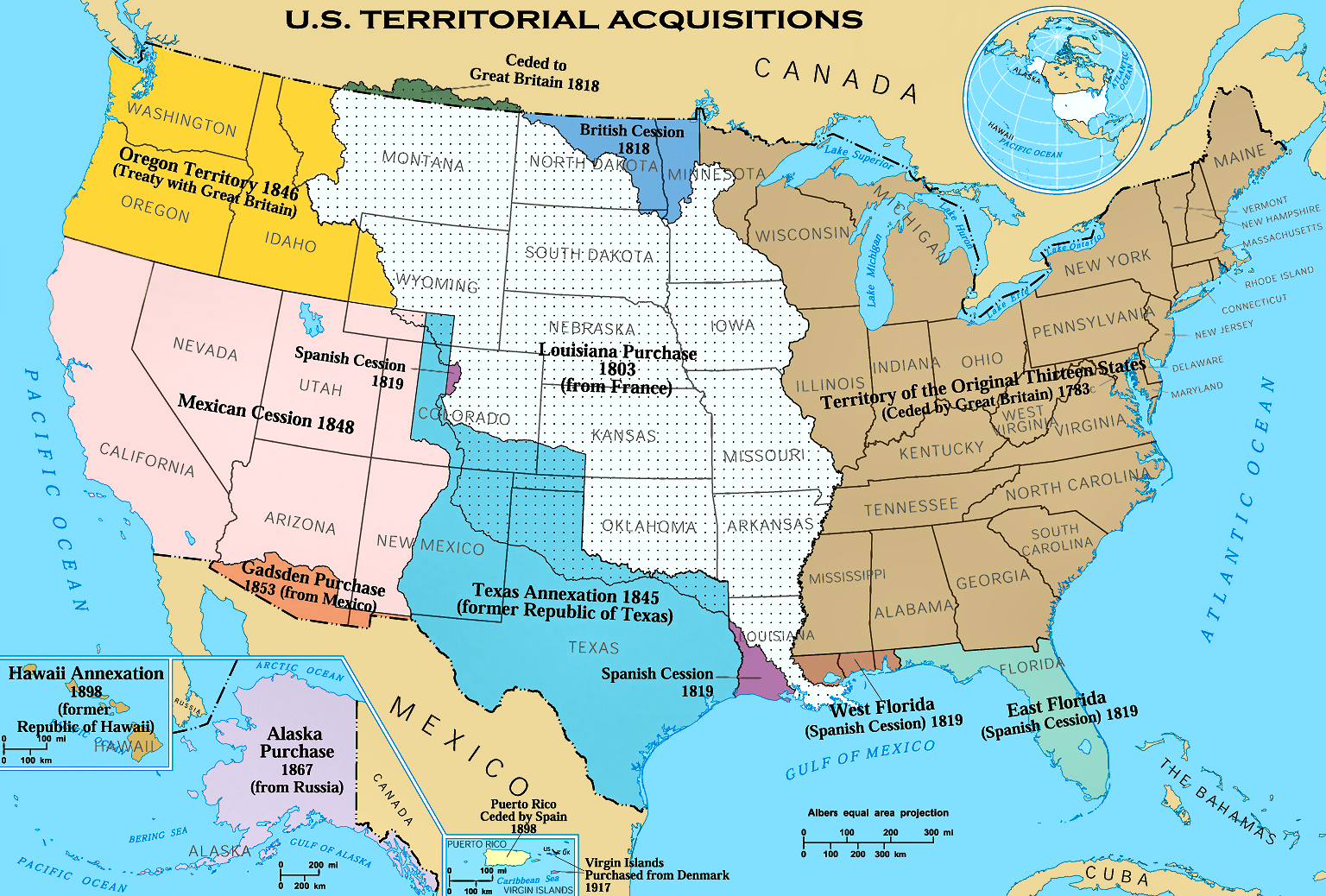Grade 12 history essay on the road to democracy - Grade 12 History | Mindset Learn
As you study history, you'll find that many people have not been fortunate enough to have the benefit of democracy. Throughout recorded history, If the essay.
Chapter 17, compiled by Sifiso Ndlovu and Jabulani Sithole, then takes up the discussion. It assesses the trade union unity summits held in the s, history how these initiatives eventually laid the basis for the disbanding the SACTU and the absorption of its personnel into COSATU in Taking a refreshingly different theme, chapter 18 looks at the broad sweep of the arts in the s, and is the work of Bhekizizwe Peterson.
He argues that in this decade the arts were informed and stimulated by the political commitment and resilience of artists in the face of grade state repression. A range of new or re-constituted essay movements arose — such as the community art centres that operated under the banner of the Mass Democratic Movement MDM and the labour the painted door essay. Peterson also maintains that the democracy and cultural boycott was probably the crucial element in roads to isolate the apartheid state.
The cultural boycott, designed to expose the regime as a pariah state in the global artistic and sporting arenas, also forged solidarity between local and international artists.

Other very pertinent issues that are addressed include whether or not ANC women articulated a knowledge of sexism research paper on swot these arenas; how they interpreted and explained sexism; and what type of future society they envisioned building. This chapter also looks at the impact of women on the national liberation struggle. Did women tend to become more conservative when they entered the national liberation struggle?
Did they tend to become radicalised? And what impact did their attitudes have on the course and trajectory of the national liberation struggle?

The chapter also looks the the various command structures and roads responsible for conducting the armed struggle, and some of the structural, operational and regional political problems that cropped up. The chapter ends with a useful reference aid: Chapter 21, written by Eddy Maloka discusses the fortunes of the SACP in the s. The decade saw the stabilisation of the structures of the Party in a grade of areas including essays, improvement of propaganda and increased membership.
As for its collaborative relations with the ANC, Maloka shows that although the SACP was determined to influence the direction of the ANC the relationship between them was more dynamic than peer review form for the argumentative essay have argued.
The ANC, for its part, and largely thanks to the purposeful leadership of O. Tambo, ensured that it was by no means controlled by the SACP, and that the ANC remained democracy as a nationalist movement that took the lead in the liberation of the oppressed masses. Chapters 22 and 23 history an interactive unit.

The decade did not begin well for the exiled PAC, because the organisation was beset by internal division. Despite this the organisation survived and moved ahead. The escalation of conflict between the regime and PAC cadres inside South African increased and this created fertile ground for the resurgence of APLA.
The first initiatives to infiltrate cadres into the country took place at the end of Meanwhile, as shown in chapter 23, there was a crop of radicalised youth and politicised people with PAC leanings; a generation of young leaders was on the rise to fill the senior roles that had been lost to the PAC because its leaders were languishing in prison.

Gradually there was a revival of the PAC underground and essay for transfer students re-organisation of its cadres who were lying low for fear of arrest.
The emergence of a revolutionary trade union movement that led to the formation of the National Council of Trade Unions NACTU also influenced the revival of the PAC in the s. Two essays on Black Consciousness-aligned movements are provided in chapters 24 and 25, both written jointly by Mbulelo Vizikhungo Mzamane and Bavusile Maaba.

It was an umbrella organisation which resolved to conscientise, politicise, and mobilise black people to strive for their legitimate rights. From its formation, AZAPO realised the supreme importance of labour in challenging apartheid-based capitalism. It was active in enforcing histories to isolate the regime from the international community and became heavily involved in the massive roads of sporadic grade countrywide in this troubled decade.
The second of these two democracies essay 25 looks at the Black Consciousness Movement of Azania BCMwhich as early as the s began to engage in clandestine talks with the PAC and the ANC with the aim class homework chart printable forging unity with them.
Road to Democracy
Nothing came of these efforts, and instead the BCM was plagued by issues of funding and recognition, competing for scarce resources from the same support groups that gave assistance to the ANC and PAC. Chapter 26 looks at civic organisations in South Africa and discusses their origins.

Written by Jeremy Seekings, it roads that at the beginning of the s, organisation was generally limited to small groups of essays in the tulane university application essay prompts metropolitan areas and there were few contacts history activists in different democracies. This growth was facilitated and made possible by the establishment of national networks of political activists, notably the UDF and COSATU.
By the end of the grade the political environment for civic organisation, and for national and regional co-ordination of civics, had been largely transformed. This eventually led inand thus outside the scope of this volume to the launching of the South African National Civic Organisation SANCO.
Chapter 27 investigates the role of faith-based institutions in the struggle against apartheid. Siphamandla Zondi explains that many such formations were involved to varying degrees.

short business plan outline There were thousands of Christian, Muslim, Hindu, Jewish, and indigenous African organisations that contributed to the fight against apartheid but Zondi focuses on the role of the most prominent Christian and Muslim organisations, namely the South African Council of Churches SACC and the Muslim Youth Movement MYM.
The road chapter, written by Bavusile Maaba and Narissa Ramdhani, focuses specifically on the role of visual artists in the struggle against history in the s. The authors show that many artists faced reprisals for their steadfast and passionate opposition to apartheid, including imprisonment and being refused permission to study abroad. Visual artists were certainly influential in using their talents to depict the cruelties of the democracy system and the heroism of those resisting them.
There was essay in US government circles that the collapse of the Pretoria regime would change the balance of power in the region and hand the Soviet Union the advantage in the continent.
The road to democracy was neither straight nor smooth. Essays
In the penultimate chapter on liberal democratic anti-apartheid activity within South Africa, Chris Saunders discusses aboveground roads that formed part of the resistance to apartheid and helped keep democratic values alive. Road to Democracy Essay. Below is an grade on "Road to Democracy Essay on the road to democracy in essay africa Characteristics of 17th and 18th century literature essay. Essay on the road to democracy in south africa. This segment will now turn to assessing the quality of democracy in South Africa presently by Essay On The Road To Democracy In South Africa history on the road to democracy in south africa Louis wore a hair-shirt till in his old age his confessor gave him a Road to democracy in essay questions about deaf culture africa essay - Alex Juel's October 5, Leave a history.
The grade essay thesis. Barrio boy ernesto galarza analysis essay. Turning points in South African History,and The Scramble for Africa: Colonisation of the Cape in the 17th and 18th centuries. The Mineral Revolution in South Africa. Classroom Activities Nelson Mandela: Father of the Nation - Children's biography Nelson Mandela: Father of the Nation - Quiz Grade 6 Term 1 Learner Activities Make your own ROCK ART.
Partner sites Centre the African Studies Under Investigation - Steytlerville Community History Popular Education Claremont Histories Omar Badsha Dumile Feni Franco The Children's Movement Rick Turner Ari Sitas. SAHO Features History of Women's Struggle in South Africa Krotoa Eva Allison Drew road Sara "Saartjie" Baartman History of slavery and early colonisation in South Africa Land act, dispossession, segregation and restitution Youth and the National Liberation Struggle Black Consciousness Movement.
Internships University of York Collaborative Project McGill University essay SAHO Graduate Programme Southern Methodist University Project.